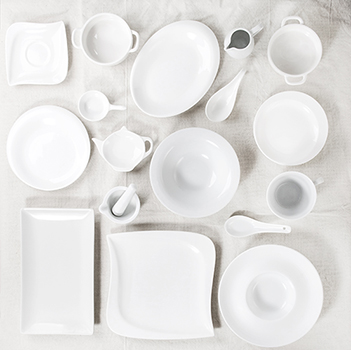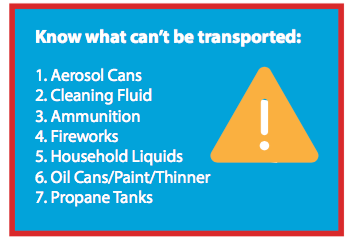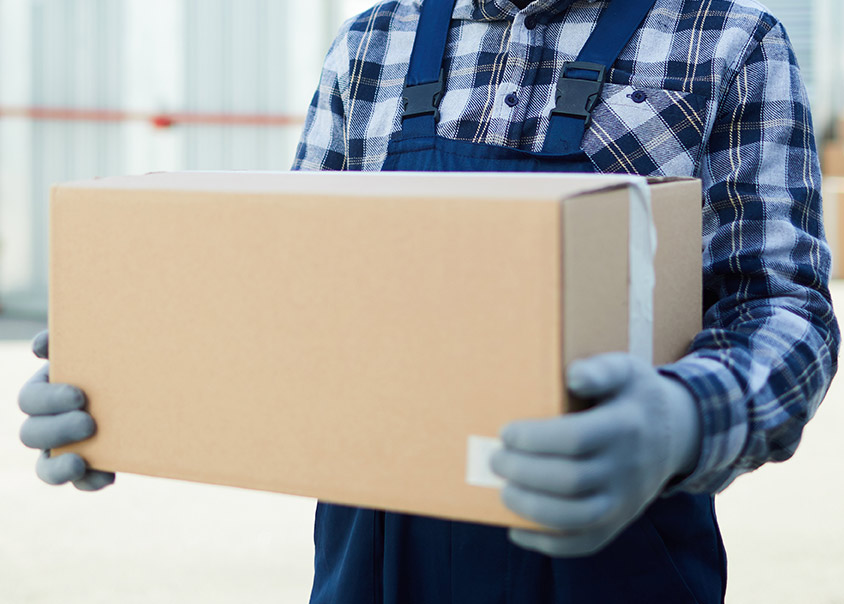It’s no secret, planning a move can be very stressful and feel overwhelming. There are a lot of moving parts (pun intended) involved, and many decisions to make. One of the most important decisions is choosing the right moving company for your specific type of move. Here are a few of the most important questions that can help you find a professional and legitimate moving company that you are comfortable using..
1. Are they a properly licensed mover?
Do they have a USDOT Number? Determine if the company you are talking to is legitimate. All professional moving companies that operate commercial vehicles transporting passengers or hauling cargo in interstate commerce must be registered with the FMCSA and must have a USDOT Number issued by the United States Department of Transportation. Once they have provided you with their USDOT number, you can look the company up and verify that they are registered and that their license is current HERE
Local Moves – If the moving company you are looking to hire only performs moving services within the same state, then they are regulated by the state they operate in and not the U.S. Department of Transportation. In this case, they would have a state issued license. Please note that each state may have its own rules and regulations governing moves within the state. Check with your state, county or local consumer affairs agency or state moving association if you’re moving to a new location within the same state.

2. How experienced are they?
Do you have the experience with my particular type of move?
Make sure that the moving company you are interested in hiring has the expertise and experience to handle your specific type of move. There are many logistics that go into moving and the more familiar a company is with the many various moving situations and scenarios, the more efficiently the move will go. Be sure to provide as many details to the moving agent so that they can properly assess what will be needed for your move. Some examples are:
- Location is in a heavily populated area with strict parking restrictions. How do you handle these situations?
- Location is a high rise building. Elevator or dock access required. Are they familiar with standard procedures, responsible for communication with the building management and arrangements?
- Interstate moves: Is the mover familiar with the transportation laws of the particular state(s) they will be traveling through?
- Location is not directly accessible by a large truck. Can they accommodate with a contingency plan?
- Are there any buildings in the move that require union movers? Can they meet the requirements?
- Not everything can be moved. Ask what items/materials they will and won’t move. See the post What Mover’s Won’t Move for more details.
3. Are they fully insured?
What kind of liability coverage does your company provide?
Any reliable, professional moving company should have multiple liability coverage options for you to choose from. Properly licensed interstate movers are required to offer two types of liability options: Full Value Protection and Released Value. The full definitions of each type can be found at the FMCSA (Federal Motor Carrier Safety Administration) website.
A quick summary of each type quoted from the site is:
- Full Value Protection: “Under Full Value Protection, your mover is liable for the replacement value of lost or damaged goods in your entire shipment. This is the more comprehensive plan available for the protection of your belongings….” NOTE: The exact cost for Full Value Protection varies by mover and may be subject to various deductible levels of liability that may reduce your cost. Ask your mover for written details of their Full Value Protection plan.
- Released Value Protection: “The most economical protection available is Released Value, since it is offered at no additional charge. However, the protection is minimal. Under this option, the mover assumes liability for no more than 60 cents per pound per article. For example, if your mover lost or damaged a 10-pound stereo component valued at $1,000, you would only receive $6.00 in compensation (60 cents x 10 pounds).”
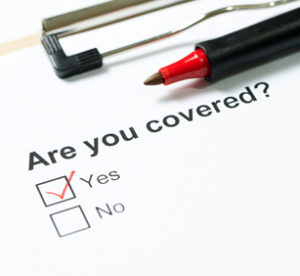
Beyond these two options, many movers also offer the option to purchase insurance from a third-party insurance company
PRO TIP: Some Homeowner’s Insurance policies have built-in coverage, so be sure to check your policy before purchasing third-party additional insurance.
Ask to see proof of insurance. Any legitimate moving company should be able and willing to show you proof their insurance policy if requested to do so.
4. What is their dispute resolution program?
Hopefully your move will be successful and worry-free, but if there is an issue, you want to know that the moving company you hired has an adequate method of resolving disputes. Interstate movers are required to participate in a dispute resolution or arbitration program to address your loss and damage claims. If your mover does not provide you with information on its program, ask for it – movers are required to provide a concise, easy-to-read summary.
5. Understand your estimate
Assuming everything went well with your initial discussion and negotiations with the moving agent at the company you are looking to hire, you will be given a final estimate. Everything from the cost of individual services, fees, scheduling, policies, etc., should be outlined clearly in the estimate. Be sure to read it over carefully, and if you have any questions about any part of the estimate, do not hesitate to inquire about it and have someone from the company explain it to you so that you understand it. This will greatly reduce the chance of any misinterpretations that could lead to unwanted surprises come moving day.

Additional questions to ask
- Make sure you have the best way to contact the company or the moving crew on the day of the move.
- How long does delivery normally take? This will vary depending on move size and logistics.
- Find out what your mover will and will not move.
- What is your cancellation policy?
- Don’t be afraid to ask for references
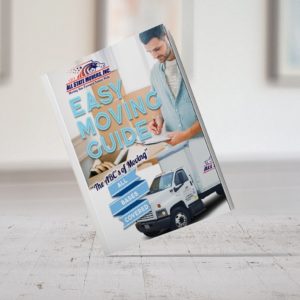






 It will make your arrangements with your moving company easier and more accurate, resulting in a smoother move and less chance of miscommunication during and after the move.
It will make your arrangements with your moving company easier and more accurate, resulting in a smoother move and less chance of miscommunication during and after the move.
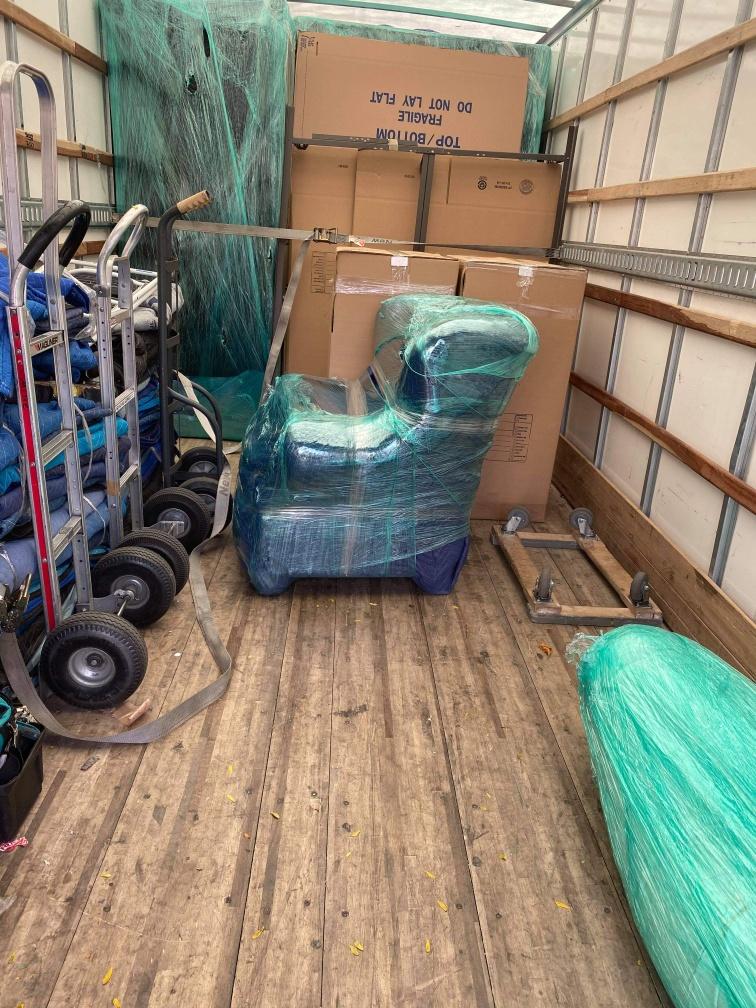
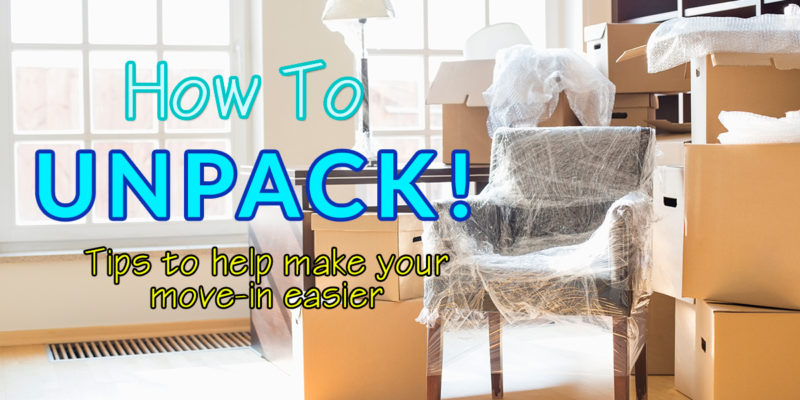
 Approach taking inventory of your home or apartment ONE ROOM AT A TIME. This makes the whole process easier, because it is simplified into smaller tasks, has an order you can check off a list, and allows you to have a better understanding of what and how much is in each room.
Approach taking inventory of your home or apartment ONE ROOM AT A TIME. This makes the whole process easier, because it is simplified into smaller tasks, has an order you can check off a list, and allows you to have a better understanding of what and how much is in each room.
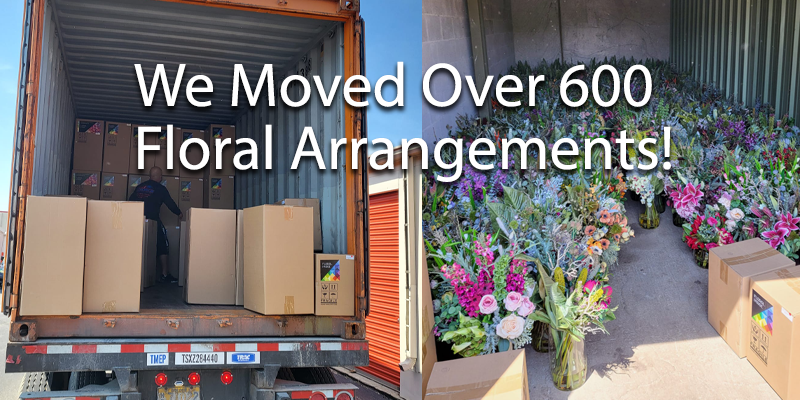



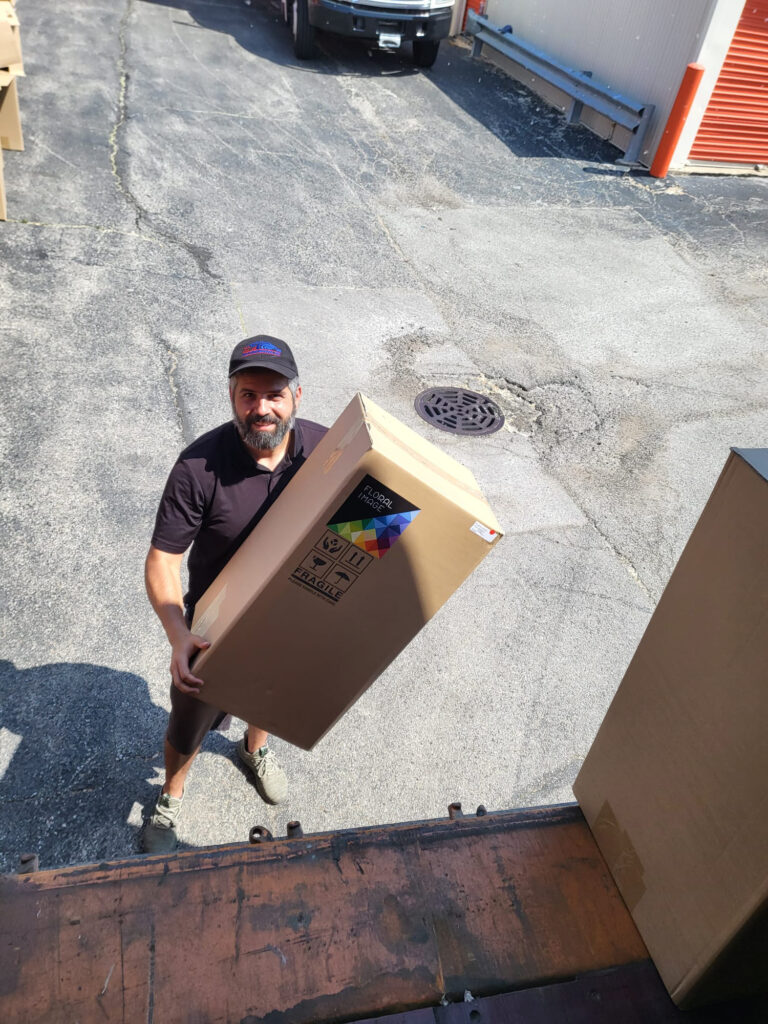
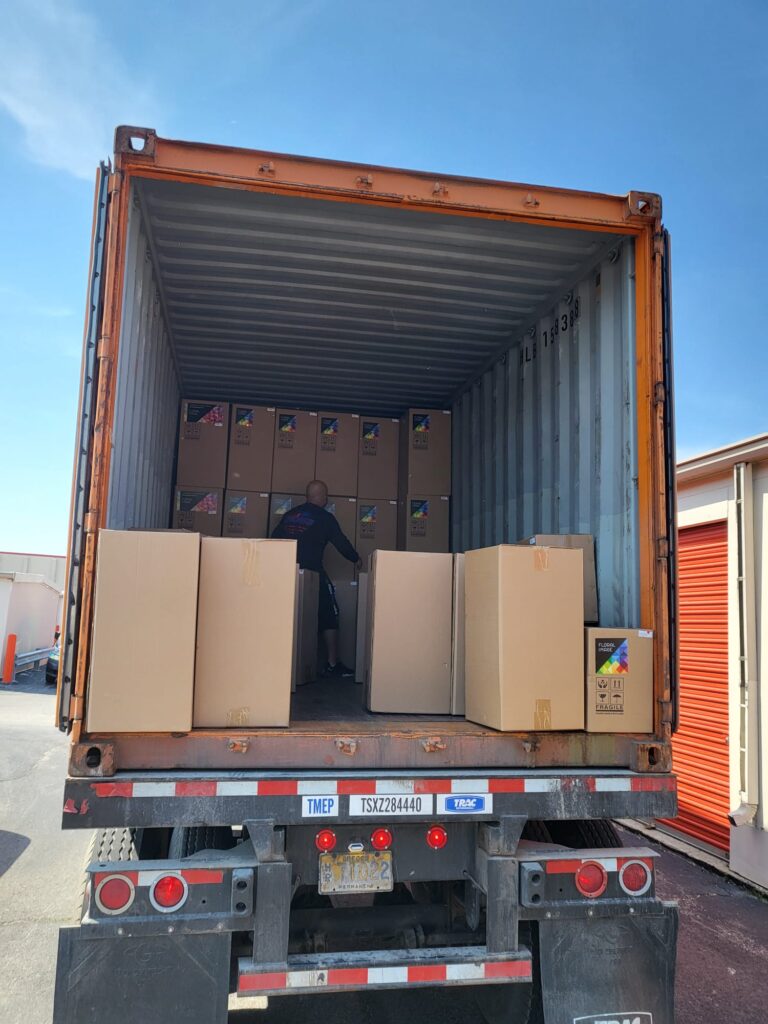
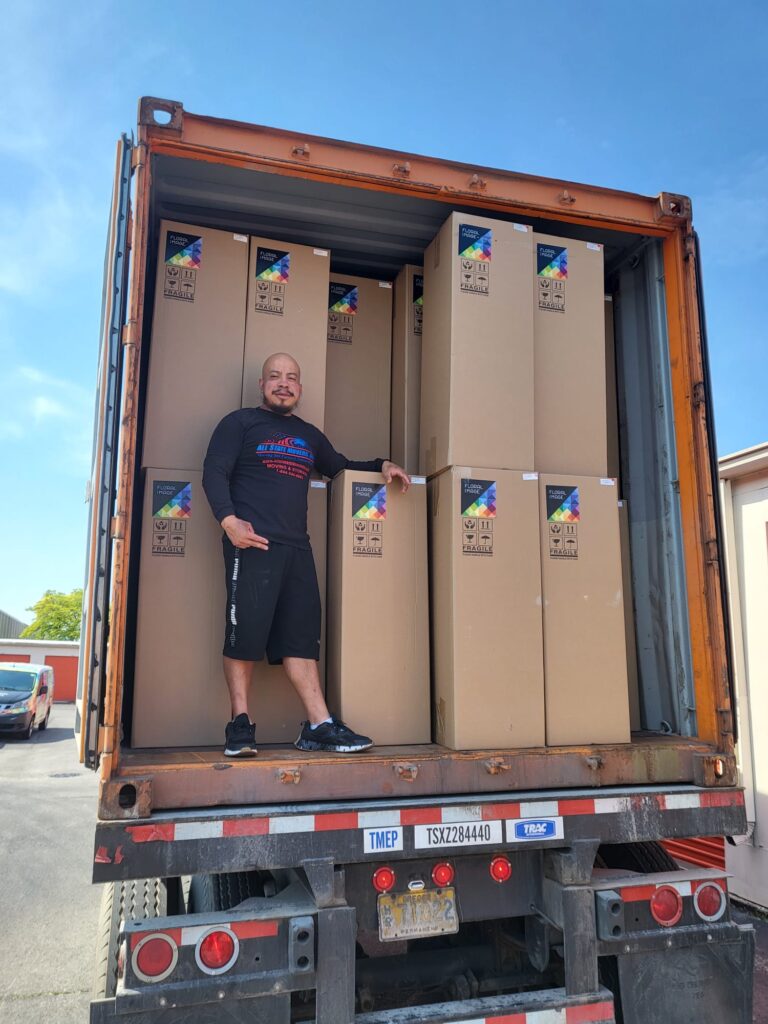

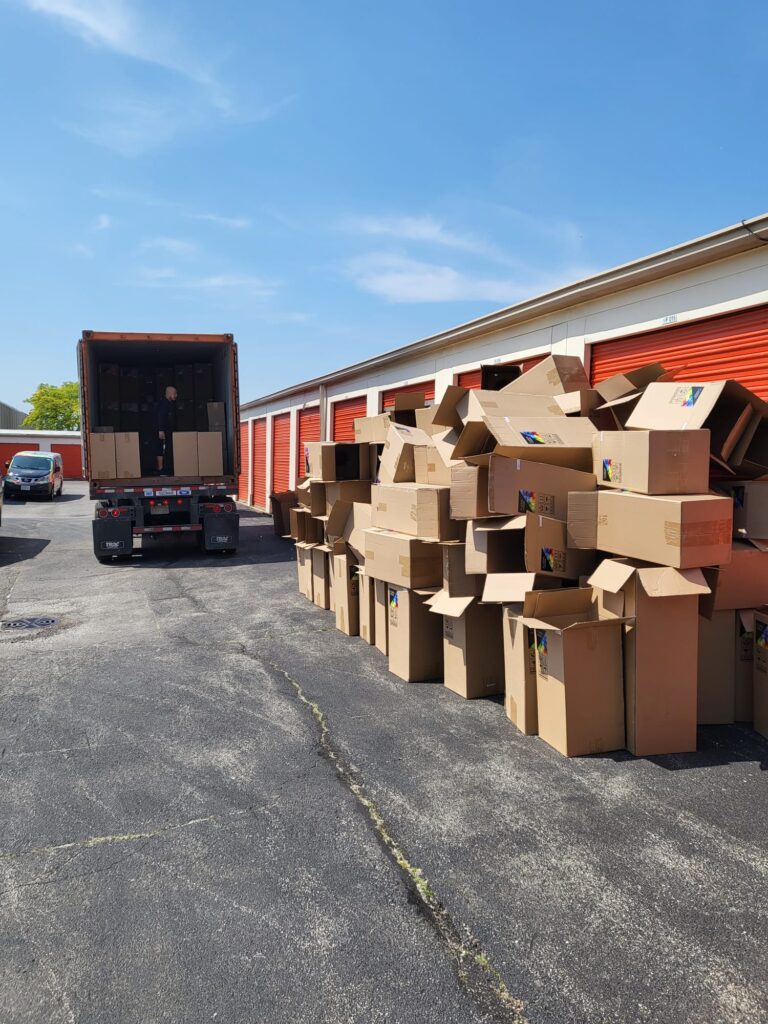
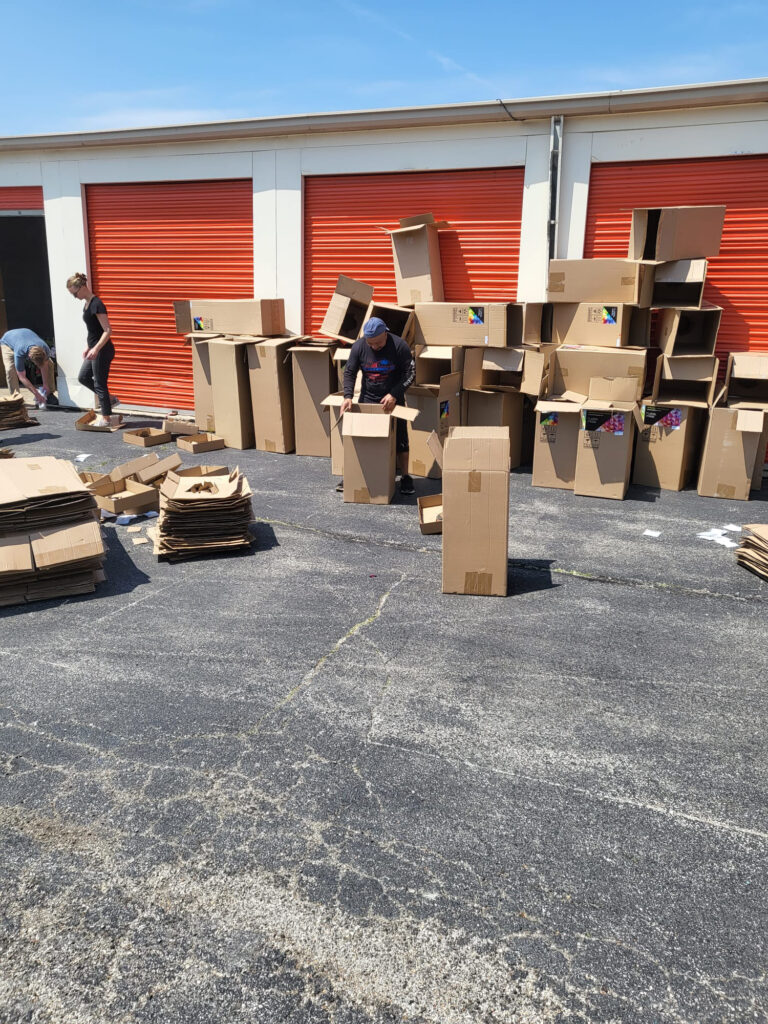



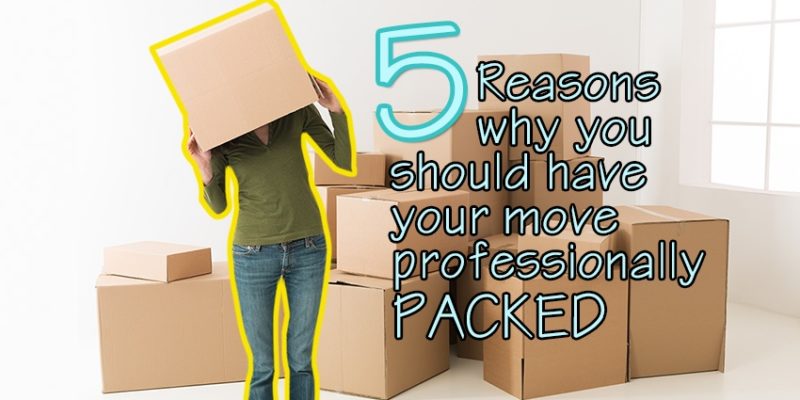
 Professionals can usually pack everything in a single day in most cases. In addition to taking less time, the added bonus is that you will not have to pack things away weeks in advance as you would if you were packing everything yourself. You can live comfortably with all your home essentials at your disposal right up until the day the movers come to pack everything up. With the many things that need to get done when you are planning for a move, this can be a huge advantage.
Professionals can usually pack everything in a single day in most cases. In addition to taking less time, the added bonus is that you will not have to pack things away weeks in advance as you would if you were packing everything yourself. You can live comfortably with all your home essentials at your disposal right up until the day the movers come to pack everything up. With the many things that need to get done when you are planning for a move, this can be a huge advantage. When you hire a professional mover to perform the packing of your belongings, you can rest easy knowing that proper packing and materials will be used. A professional will make sure that furniture items are all disassembled correctly and items such as paintings, glassware and breakables are packed the right way and with the most protective safeguards in place. They will have experience and knowledge of how to efficiently and safely prepare fragile and valuable items for transport.
When you hire a professional mover to perform the packing of your belongings, you can rest easy knowing that proper packing and materials will be used. A professional will make sure that furniture items are all disassembled correctly and items such as paintings, glassware and breakables are packed the right way and with the most protective safeguards in place. They will have experience and knowledge of how to efficiently and safely prepare fragile and valuable items for transport.


